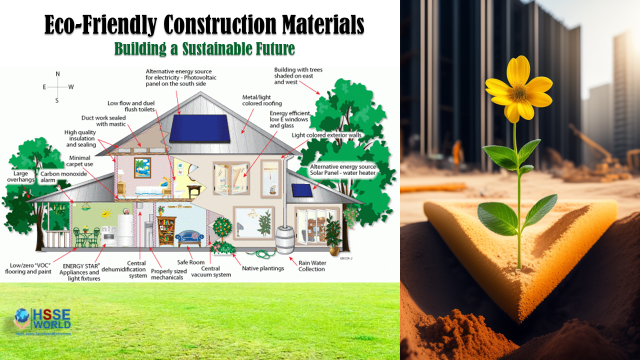Air Emissions Mangement Tips
3 min readwhat in this article?
Performance Monitoring

REQUIREMENTS
Sites shall identify, assess, and comply with applicable laws, regulations, permits, licenses, external standards and other applicable or relevant and appropriate requirements for source air emissions, fugitive dust emissions and ambient air quality. If the host country’s laws are non-existent or incomplete, U.S. EPA national ambient air quality standards shall be used in each case, as applied at the facility boundary. Conformance shall be modeled at the facility boundary using a relevant air quality dispersion model.
Sites shall obtain required and applicable permits and licenses for air emission sources and ambient air quality.
Sites shall develop, implement, communicate and adhere to an Air Emissions Management Plan that includes strategies, air quality criteria, operational controls, management practices, and responsibilities defined for site staff to implement the plan including planned maintenance (PM) and calibration schedules for emissions control equipment.
Baseline concentrations of regulated ambient air quality pollutants shall be characterized prior to construction of new mining operations and facilities.
Sites shall model annual releases and/or maximum pollutant concentrations of regulated pollutants and estimate greenhouse gases for new air emissions sources or existing point sources undergoing major modifications.
80% of outdoor air pollution-related premature deaths were due to ischemic heart disease and strokes
RESEARCH, WORLD HEALTH ORGANIZATION (WHO)
New sources of air emissions or existing sources undergoing major modifications shall be designed, constructed and operated with risk-based, cost-effective control technologies and monitored/tested as required.
Sites shall apply mercury-related best available control techniques and best environmental practices such as Nevada Maximum Achievable Control Technology (NvMACT) to the design of new point sources of gaseous mercury or existing sources undergoing major modifications in order to minimize mercury emissions to the atmosphere.
Sites shall install, operate, maintain, and calibrate air monitoring equipment in accordance with the Air Emissions Management Plan.
Sites shall quantify annual Greenhouse Gas (GHG) emissions in metric tonnes (mt) of CO2-equivalent for direct (e.g. mobile and stationary combustion, processes, fugitive releases of refrigerants and SF6) and indirect (e.g. purchased grid electricity) emission sources.
Sites shall quantify annual emissions of relevant pollutants for regulatory and other reporting purposes.
Sites shall suitably treat and/or dispose of air pollution control wastes and by-products in accordance with the Waste Management Standard.
Best Management Practices (BMPs) shall be adopted to control fugitive dust emissions.
Sites shall perform and document planned & corrective maintenance, calibration, and inspections of emissions control and monitoring equipment.
Sites shall use qualified persons to verify air quality criteria through source testing, monitoring, validated/accepted calculation methods, or other appropriate approach.
Sites shall verify annual greenhouse gas emissions to ISO 14064 or other acceptable standard.
Sites shall compile and review air emissions and air quality data for internal and/or external reporting purposes



